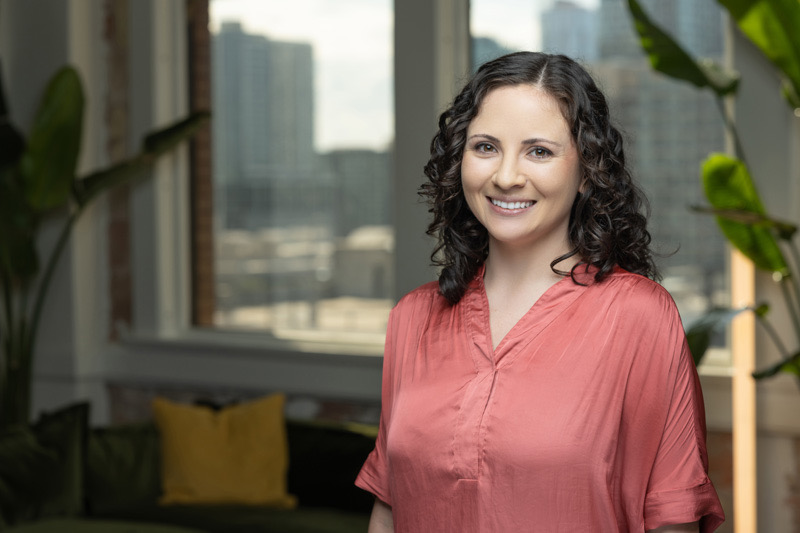
Building for the Margins, Winning the Market
Most founders are told to build for the biggest market. Go after the mainstream customer, we’re advised, and scale will follow.
But some of the most impactful and enduring products didn’t start by chasing the center, they started at the edges.
Think about closed captioning, originally designed for people who are deaf or hard of hearing. Today, it’s used by millions of people in noisy cafes, by language learners, and even by Gen Z watching TikToks on mute. Or ride-hailing apps, which solved an acute problem for people without reliable transportation options, and ended up transforming the way all of us move around cities.
When we design for the margins, we often uncover needs that are more universal than we realize. And this is where underrepresented founders have a superpower.
Because when you’ve lived through difficult experiences, whether it’s navigating healthcare as a woman, parenting without support systems, or building financial stability in a community that’s been excluded, you see problems differently. You find solutions that others may not intuitively see, and often, what you create ends up serving not only your community, but many others.
As a product leader and co-founder, I’ve seen this play out again and again: the insights overlooked by the mainstream are the ones that can end up unlocking groundbreaking innovation.
Stories From the Margins
- Whitney Wolfe Herd (Bumble): Bumble was built around a singular idea — women making the first move in dating. What seemed like a small tweak created a safer, more empowering experience, and it reshaped an entire industry.
- Tristan Walker (Bevel): Walker & Company started by designing razors for Black men dealing with razor bumps and coarse hair. That focus on solving an overlooked problem created a product loved well beyond its initial niche.
- Kiana Aran (Cardea Bio): Inspired by her immigrant journey and challenges navigating healthcare, Aran is building bio-sensing technologies that make diagnostics more accessible: technologies with the potential to democratize healthcare globally.
These founders started by serving the margins, and in doing so, they unlocked opportunities far larger than the original niche use case.
A Framework for Building From the Margins
When I work with founders, I use a simple product strategy framework:
1. Start With Lived Experience
Ask: What have I experienced that others might overlook? Chances are, you’re not alone, and that need is bigger than it
looks.
2. Validate Deeply
Spend time with your community. Don’t just interview 5 users, immerse yourself in their day-to-day. Often, the pain
point is bigger than what they can articulate.
3. Look for Universal Hooks
What starts at the margins often has universal applications. Identify the core need (e.g., safety, dignity, time-saving)
and explore how it extends beyond your initial audience.
4. Build Small, Scale Smart
Focus first on delighting the community you know best. Once you’ve nailed that, you can expand outward with credibility
and traction.
Why This Matters Now
We’re at a turning point. Venture funding still disproportionately flows to the same types of founders, chasing the same types of markets. But the real breakthroughs that reshape industries and touch millions are more likely to come from people who’ve lived outside the mainstream.
That’s why I believe the future of innovation will come from the margins. Because the founders who build from lived experience aren’t just solving for themselves, they’re designing solutions that end up serving us all.
✨ To the women, parents, and underrepresented founders: remember that your unique perspective is your superpower.
And if you’re building from the margins, my work as a product consultant is to help you turn that lived experience into a strategy investors understand, stay ahead of market shifts, and craft a product roadmap that wins in the long run.


